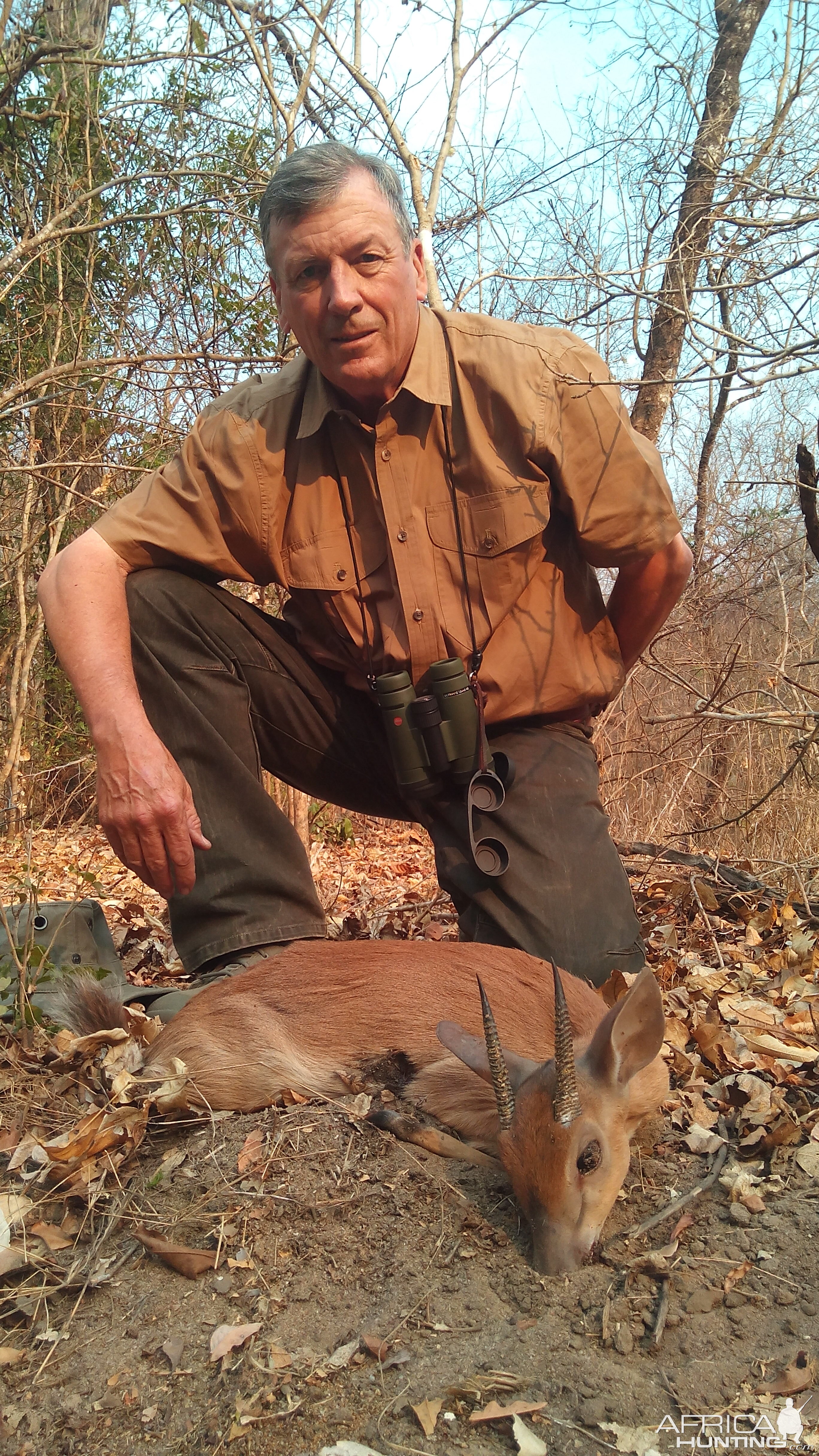bruce moulds
AH legend
- Joined
- Aug 10, 2018
- Messages
- 2,871
- Reaction score
- 4,867
when i shot a lot of foxes for skins, my first rifle was a 17/222 mag ackley.
it mostly caused a lot of skin damage.
going to a 17 mach 1V solved the problem.
that rifle also shot kangaroos and goats one shot dead on the spot with good bullet placement.
foxes were shot on the point of the shoulder, in the head or frontally in the neck/chest where possible.
kangaroos in the upper chest or head, and goats head only.
this or the modern equavalent 17 fireball would serve well on the animals shown in the pictures above.
a 25 gn hornady hollow point was used for foxes, and might suit slightly bigger animals a little better.
that was way before the 17 rem came on the market.
i also wondered how the 32/20 would go for centre of mass shots at closer ranges, but the pictures suggest that a 25/20 might be morew suitable.
the 223 shooting 50 gn nosler ballistic tip varmint projectiles will stay in a kangaroo's chest, but that is with an 8 twist barrel.
the same bullet will blow up a rabbit.
bruce.
it mostly caused a lot of skin damage.
going to a 17 mach 1V solved the problem.
that rifle also shot kangaroos and goats one shot dead on the spot with good bullet placement.
foxes were shot on the point of the shoulder, in the head or frontally in the neck/chest where possible.
kangaroos in the upper chest or head, and goats head only.
this or the modern equavalent 17 fireball would serve well on the animals shown in the pictures above.
a 25 gn hornady hollow point was used for foxes, and might suit slightly bigger animals a little better.
that was way before the 17 rem came on the market.
i also wondered how the 32/20 would go for centre of mass shots at closer ranges, but the pictures suggest that a 25/20 might be morew suitable.
the 223 shooting 50 gn nosler ballistic tip varmint projectiles will stay in a kangaroo's chest, but that is with an 8 twist barrel.
the same bullet will blow up a rabbit.
bruce.



